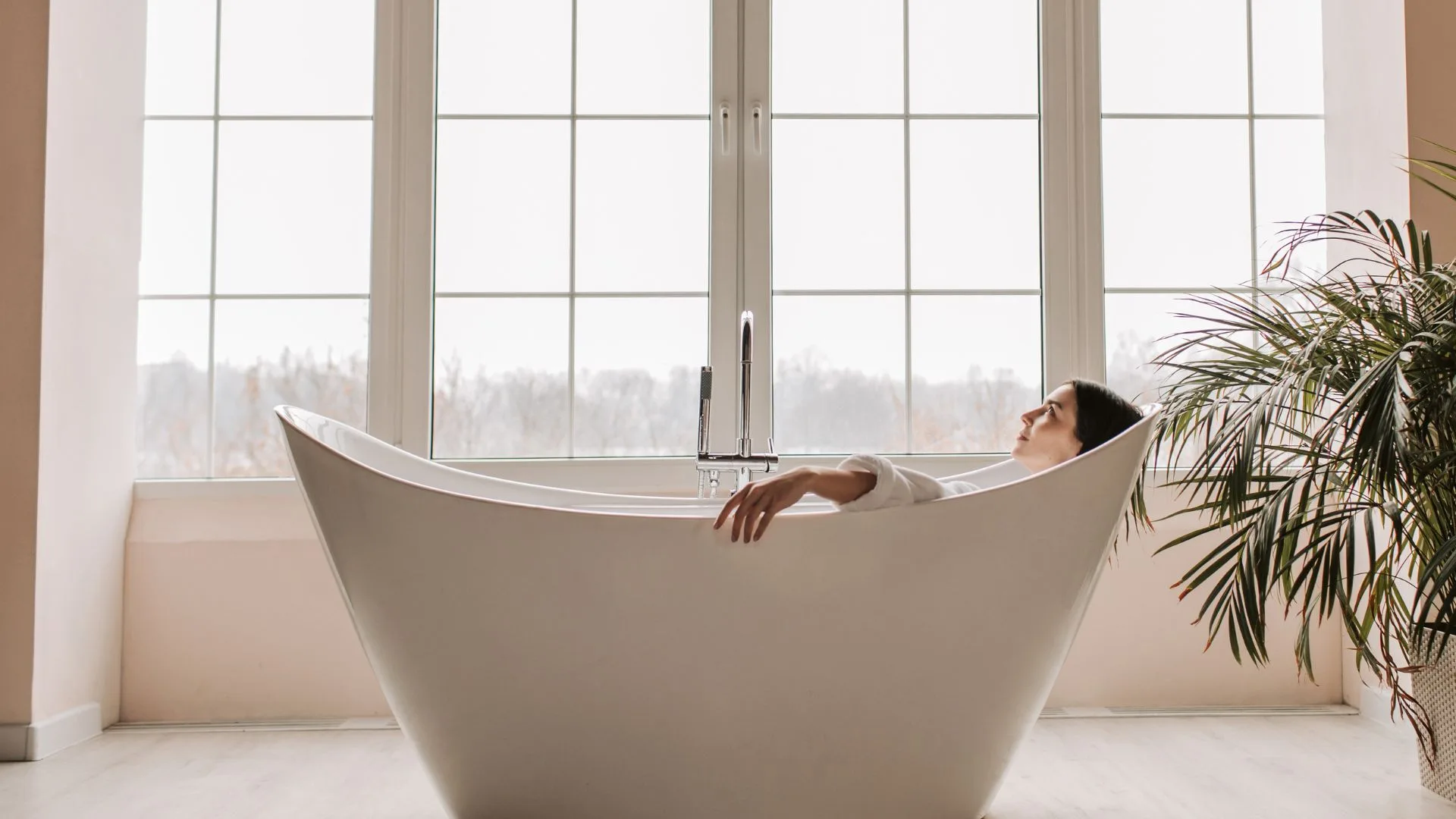
Table of Contents
- Maintain Balanced Water Chemistry
- Clean and Replace Filters Regularly
- Use a High-Quality Cover
- Drain and Refill Periodically
- Embrace Technological Advancements
- Regular Inspections and Professional Servicing
- Winterize If Necessary
- Conclusion
Enjoying the therapeutic and relaxing benefits of a hot tub is a rewarding investment, but maximizing its lifespan requires diligent, smart maintenance. Unaddressed issues or neglect can lead to costly repairs, early component failure, and compromised water quality. By understanding how your actions protect your spa and where to obtain the right products—such as where to buy hot tub chemicals in Salt Lake City—you set the foundation for long-lasting, hassle-free use.
Even the best spas need consistent care to stay safe, clean, and efficient. You don’t need to be a technician to extend your hot tub’s life: simple routines like checking water chemistry, cleaning filters, and investing in a quality cover can keep your system performing for years. Smart technology solutions, regular professional inspections, and seasonal preparations further safeguard your investment from preventable damage.
Starting the right maintenance habits doesn’t require an expert—it just takes commitment to a few essential steps. In this guide, you’ll learn actionable strategies to keep your hot tub working at its best, minimizing repairs and ensuring your spa hours remain worry-free.
Maintain Balanced Water Chemistry
Maintaining balanced water chemistry is crucial for preventing corrosion, scaling, and microbial buildup in your hot tub. Poor water balance can damage your spa’s heater, jets, and pumps, creating breeding grounds for bacteria or algae. Regularly test the water—ideally two or three times a week—monitoring the following ideal ranges:
- pH: 7.2–7.8
- Total Alkalinity: 80–120 ppm
- Calcium Hardness: 150–250 ppm
- Sanitizer (Chlorine or Bromine): Manufacturer recommendations
Test strips or digital readers make the process quick and accurate. By keeping chemicals like chlorine or bromine in check, you’ll preserve equipment and provide a safe, comfortable soaking environment for everyone.
Clean and Replace Filters Regularly
Your hot tub’s filter is the system’s primary defense against dirt and debris. Without consistent cleaning, clogged filters force the pump to overwork, potentially leading to premature failure. For peak efficiency and crystal-clear water, rinse the filter with a hose every two weeks and give it a deep clean (using a specialized filter cleaner) once a month. Plan to replace filters every 12 to 24 months, as recommended by spa manufacturers.
Following a schedule helps prolong your filter’s life and ensures water is always fresh, clean, and inviting for guests.
Use a High-Quality Cover
A durable, well-fitting cover is a vital protective barrier for your hot tub. Not only does it shield your spa from leaves, insects, and debris, but it also reduces evaporation and helps retain heat—dramatically cutting energy costs. Choose a cover engineered for your spa’s make and model, and make sure its seams are intact and fit securely.
Caring for your cover is simple: wipe it clean every couple of weeks and use a vinyl conditioner to prevent cracking from sun exposure. A well-maintained cover saves you money and extends your spa’s longevity by keeping contaminants out and protecting internal parts from UV damage.
Drain and Refill Periodically
No matter how diligent your maintenance, spa water will develop dissolved solids and contaminants over time, making standard sanitation less effective. Fully draining and refilling your hot tub every three to four months provides a clean start and an opportunity to inspect the interior shell and jets for signs of scaling or buildup.
Scrub the shell with a non-abrasive cleaner before refilling, and inspect plumbing connections and the pump for early warning signs of leaks or wear. Regular water changes help control odors and reduce stress on the sanitizer system.
Embrace Technological Advancements
Today’s hot tubs feature smart systems designed to automate maintenance tasks and provide real-time alerts about water quality, temperature, and filter status. Systems like automated saltwater generators can make your chemical routine virtually hands-off, minimizing human error and extending routine service intervals. Some connected models even offer remote monitoring through mobile apps, keeping you informed and in control.
Investing in these tools simplifies daily upkeep while dramatically reducing the risk of costly mistakes, giving busy owners greater confidence in water safety and equipment health.
Regular Inspections and Professional Servicing
While daily or weekly hot tub care can prevent most issues, periodic professional inspections ensure that critical components—such as pumps, heaters, and control panels—are operating safely. Look for obvious signs such as cloudy water, uneven heating, or unusual noises. Annually, have a qualified technician inspect electrical, mechanical, and plumbing systems for early detection of potential problems that could lead to more significant repairs or replacements if left unaddressed.
Your warranty policy might also require these annual checkups and can extend the functional life of even older hot tubs.
Winterize If Necessary
Residing in a cold region means winterizing your hot tub is critical—especially if you plan to leave it unused during freezing weather. Draining the spa, blowing out each water line, and protecting pipes from ice damage will prevent cracked components and ensure easy startup in spring. Always follow your manufacturer’s winterization procedure, or contact a certified spa professional to guarantee nothing is overlooked in the process.
Conclusion
Every hot tub, regardless of its type or brand, benefits from proactive and smart maintenance routines. By consistently managing water chemistry, filter care, cover use, regular draining, and utilizing smart technology, you can prevent most major issues and keep your spa running smoothly. Scheduling professional inspections and winterizing when necessary removes the risk of unexpected breakdowns and maximizes your enjoyment of this relaxing home feature for many years to come.